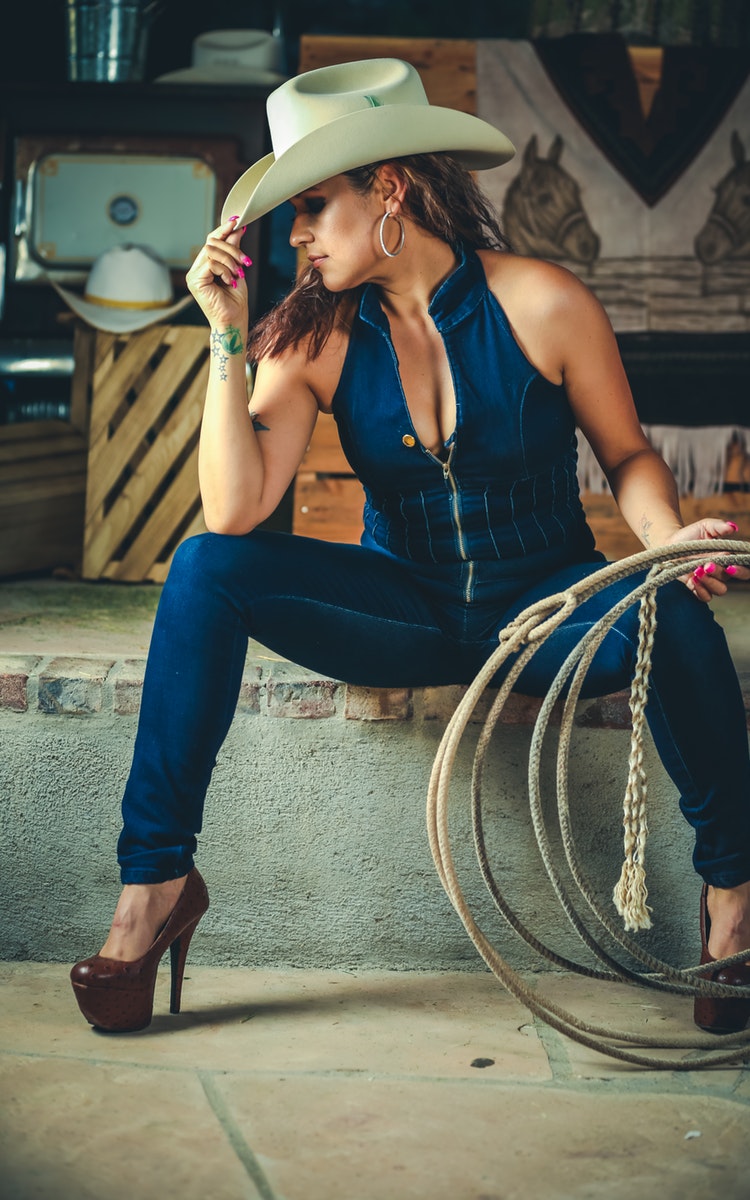


Plus there’s an entire section dedicated to fine art, featuring one-of-a-kind paintings, drawings, watercolors, and photographs from partner artists.Īmazon has different fee structures based on where and how you want to sell your products. These days, people buy just about everything on Amazon-and that includes art.ĭepending on the type of art you’re selling, the world’s largest online retailer has a variety of opportunities, including Amazon Handmade, which features homemade, crafted items. There are also additional advertising fees if you want to promote your products on the Etsy platform or off-site. If your art sells, you’ll pay a 5% transaction fee and a 3% + $0.25 payment processing fee. In terms of fees, Etsy charges a nominal listing fee. Luckily, Etsy has a variety of tools to help you get your art in front of the right audience. Once you’ve created your shop, you can list your products (make sure to include high-quality photos) and start marketing your products and making sales. To sell your art on Etsy, you’ll need to create an Etsy shop. On the flip side, it also has one of the largest groups of artists trying to make a living off their work, which can make it hard to break through and get your art in front of the right people online. Its online marketplace gives you exposure to one of the largest audiences of craft and art enthusiasts on the internet. Launched in 2005, this mega-popular online marketplace has become the go-to spot for crafters, designers, painters, and artists of all kinds to showcase their work, connect with potential customers and sell their art online.Įtsy’s popularity is both the biggest draw and the biggest challenge for artists. I want my work to be cherished and shared, inspiring debate about AI creativity and art.You can’t talk about sites to sell artwork without mentioning Etsy. Every print is professionally printed in England to the highest fine art standards using high quality digital or giclée inks. The completed artwork has the visual DNA of hundreds of thousands of digital images.Īll my artwork is available for sale through my website. At each iteration, the eye of a discerning artist is needed to guide the machine’s exploration and choices.

Each piece is blended and re-blended hundreds of times. The artwork displayed here is created using a palette of thousands of digital images. This evolution is captured to reveal something very original. It has produced distinctive, compelling and thought-provoking visual arts. The branch of AI I work with “learns” about the form and structure of digital images and how they can evolve into one another. “Thistle” limited edition digital art printed on silk and made with artificial intelligence by Bridie HintonĪI assisted art is emerging as a momentous art movement. It can be a little wink of a visual joke or small finishing touches for style-the way a boutique hotel might do, because they don’t want to be another Marriott. My clients say it’s one of my signature traits. Sometimes I create art to insert into the illustration, like a picture hanging on a wall. Now I break my art down by background, characters and objects, produce each one in a separate file, and arrange components on top of the background. At first I thought this was inhibiting, but it causes me to compose illustrations more efficiently. Procreate limits the number of layers that can be used based on the size of the canvas that I create. I use the Procreate application on a large iPad to create most of my work. It incorporates the traditional style of making art with my crazy love of technology. The same knowledge of anatomy, lighting, underpainting, and producing a painting layer by layer still apply. Working in a digital medium is more compact and less messy than physical painting (less workspace, but less paint getting splattered all over me and the studio).

“Rainbow Light” digital artwork by Melissa Whitaker


 0 kommentar(er)
0 kommentar(er)
